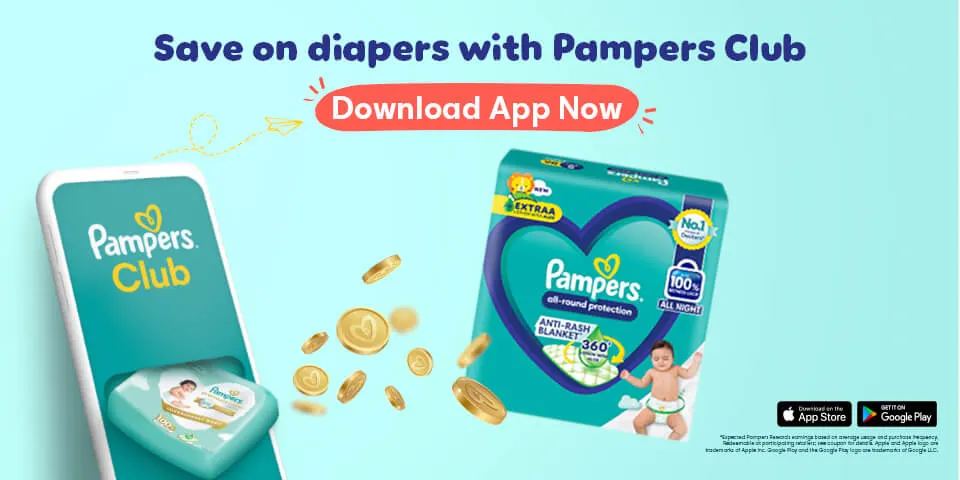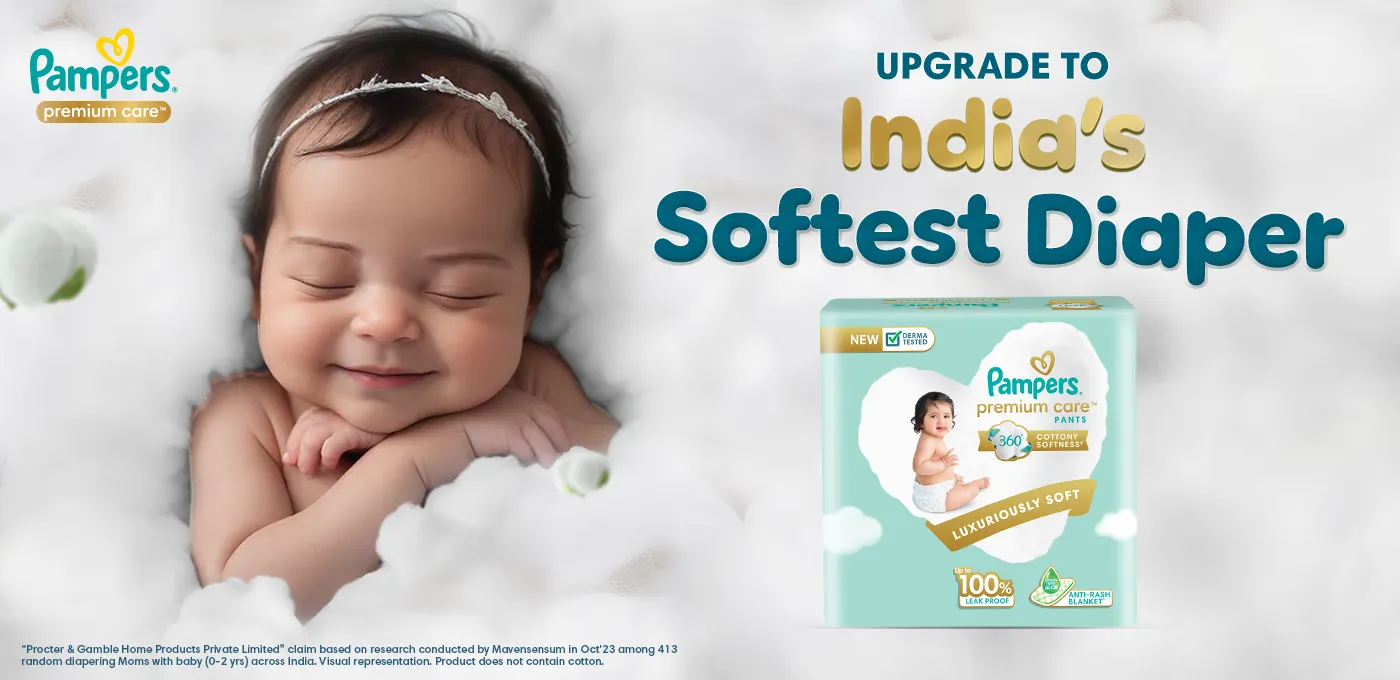What is nipple confusion and how to prevent it?
Are you a new parent struggling to decide whether it is the right time to introduce your child to a bottle but worried about the consequences? Switching from exclusive breastfeeding to a bottle can feel like the best idea, especially if you wish to get back to work. However, there are a lot of myths about nipple confusion that can put the new parent in a dilemma.
So, if you are a new parent and worried about transitioning your child from breastfeeding to a bottle feed or just want to know the meaning of nipple confusion, you are in the perfect place. This article will serve as your complete guide to understanding infant nipple confusion, how to avoid the confusion and ensure a seamless feeding experience for your baby as well as yourself.
Breastfeeding vs. Bottle Feeding
First things first, let's talk about your feeding options. Breastfeeding is a natural way to provide infants with the nutrients they need for healthy growth and development. Meanwhile, bottle feeding, whether with breast milk or formula, offers flexibility and the opportunity for other caregivers, apart from the mother, to bond during feeding times. Both these methods have their advantages and many families find a way to incorporate both into their daily lives.
The flexibility of switching from breastfeeding to a bottle and back again can feel like a dream to the new mom. This can make simple things like going out for dinner or resuming work much easier. But if you have concerns that your baby might not want to go back to breastfeeding after using the bottle, then worry no more. Experts share that most babies don’t have trouble switching between breastfeeding and bottle-feeding. But remember that breastfeeding is a learned skill, so it is best to avoid introducing a bottle until you and the baby are confident in the skill.
What Is Nipple Confusion?
Nipple confusion is a difficulty that some babies experience in transitioning between breastfeeding and bottle feeding. Newborn nipple confusion is brought about by the introduction of a pacifier or bottle after breastfeeding. It may seem as if your baby forgot how to latch onto your breast. Infant nipple confusion can be divided into two categories:
Type A: This is when a breastfed infant has difficulty with a bottle nipple.
Type B: This happens when a baby prefers the bottle and is not able to latch onto the breast.
Symptoms Of Nipple Confusion
The common nipple confusion signs include:
Difficulty latching on the breast
Crying during feeding
Changes in sucking patterns during breastfeeding, like thrusting the tongue while sucking, pushing the nipple out of the mouth
Failing to open the mouth wide enough to latch to the breast
Getting frustrated as the milk does not immediately flow from the breast. It can take a minute or two to stimulate the let-down reflex in moms.
How To Avoid Nipple Confusion?
Prevention is always better than cure, right? Experts recommend introducing bottle feeding after a good establishment of breastfeeding, usually by the end of four weeks. Using a slow-flow nipple in bottles prevents newborn nipple confusion and simulates the breastfeeding experience.
Here are some practical tips to prevent infant nipple confusion:
Wait to Introduce the Bottle:
Wait to introduce the bottle until breastfeeding is established.
Use paced bottle feeding:
Hold the bottle horizontally to mimic the action of breastfeeding, allowing the baby to suck and swallow easily.
Do not wait until the baby is hungry:
Present the bottle when the baby is relaxed and not famished, so they are more open to the new feeding style.
Get your milk flowing:
Before breastfeeding, stimulate milk release to make feeding more satisfying for your baby.
What To Do If My Baby Rejects Breastfeeding?
If your baby shows a preference for the bottle instead of breastfeeding, especially when they are a little older, keep pumping the milk regularly to keep the milk supply up. Try to make time to breastfeed your child when you are together to nurture your breastfeeding relationship. Save the bottle-feedings for when you are away.
What To Do If My Baby Refuses a Bottle?
If your baby rejects feeding from a bottle altogether, there are a few things you can try. See if your partner or the baby’s grandparents can bottle-feed the baby. Additionally, try to keep the bottle-feeding sessions calm and stress-free. Reassure your baby and keep the mood playful and light. Mimic the breastfeeding sessions as much as you can. Maintain eye contact and make sure there are a lot of cuddles. You can also switch your baby to the other side halfway through the feeding to change it up and take breaks.
Moreover, you can experiment with different types of nipples for the bottle. Give your baby nipples that ensure good and steady milk supply to make sucking easier for the baby. Once your baby senses/comprehends that bottle-feeding is just another way of satiating their hunger, it won’t be long before they get used to it.
Summing It Up
Newborn nipple confusion can be a temporary problem in the big picture of parenting. Understanding nipple confusion's meaning, signs and tips on how to avoid nipple confusion is the key to having a much smoother feeding journey for you and your little one. After all, every baby is unique, so what works for others might need some adjusting for your bundle of joy. For more information, please don't hesitate to contact your paediatrician or lactation consultant. Happy feeding and enjoying these precious moments!


